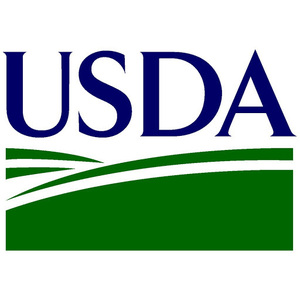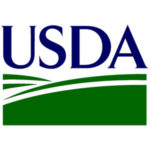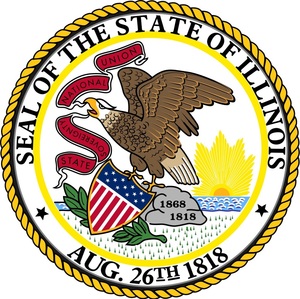USDA launches Rural Energy Pilot Program
Energy Disrupter
ADVERTISEMENT
The USDA on Jan. 19 announced it will make up to $10 million in grants available through the new Rural Energy Pilot Program, which aims to help rural communities develop renewable energy. Biomass, bioenergy, wind, soar, geothermal and hydroelectric are among the eligible technologies.
The USDA issued a request for information related to the pilot program in March 2021. Information gathered through that effort helped inform development of the program. The USDA also convened a federal interagency task force last spring to provide recommendations.
Under the REPP, funds awarded on a competitive basis to assist Rural Energy Community Partnerships to establish and develop clean energy communities through the development of community-scale distributed energy technology, innovations and solutions.
The maximum award per applicant is $2 million, with required matching funds of 20 percent. Grant funds may be used to pay for up to 80 percent of eligible product costs directly related to commercial-available, community-based, community-scale distributed energy systems. Up to 20 percent of the award can support community energy planning, capacity building, technical assistance, efficiency and weatherization.
Community scale projects are defined as those with no more than 2 megawatts (MW) of generation capacity. Eligible technologies must be commercially available renewable energy systems, such as biomass, bioenergy, wind, solar, geothermal, hydroelectric, and distributed renewable energy resources.
USDA is offering priority points to projects that advance key priorities under the Biden-Harris Administration to help communities recover from the COVID-19 pandemic, advance equality and combat climate change. These extra points will increase the likelihood of funding for projects seeking to address these critical challenges in rural America. Targeted assistance priority points will be afforded to distressed rural communities, distressed energy communities, communities with high energy burdens, socially vulnerable communities as defined by the Centers for Disease Control, qualified opportunity zone communities, and disadvantaged communities. Priority consideration will also be given to communities that plan, execute, or deploy renewable energy generation technologies other than solar photovoltaic of at least 40 percent of total generation capacity as measured by megawatts of alternative generation capacity/megawatts of total generation capacity, according to a notice published in the Federal Register.
An introductory webinar is scheduled for Jan. 25. Letters of intent must be submitted by April 19. A webinar focused on the required letters of intent is scheduled for Feb. 1. Additional webinars focused on the application process are scheduled for May 24 and June 28.
Additional information is available on the USDA website.
















